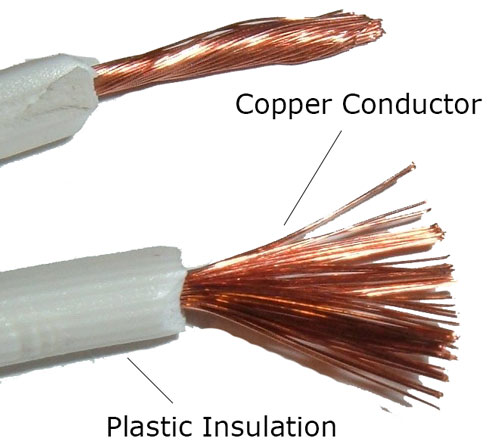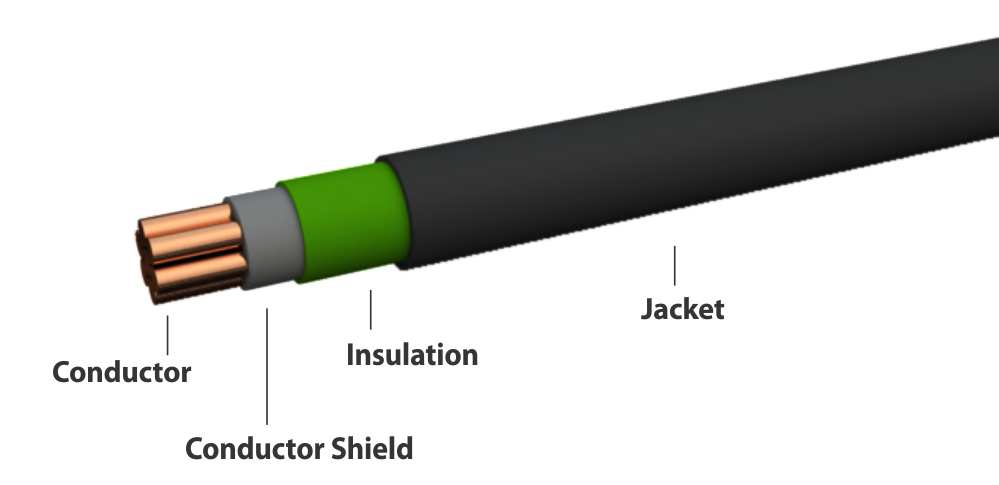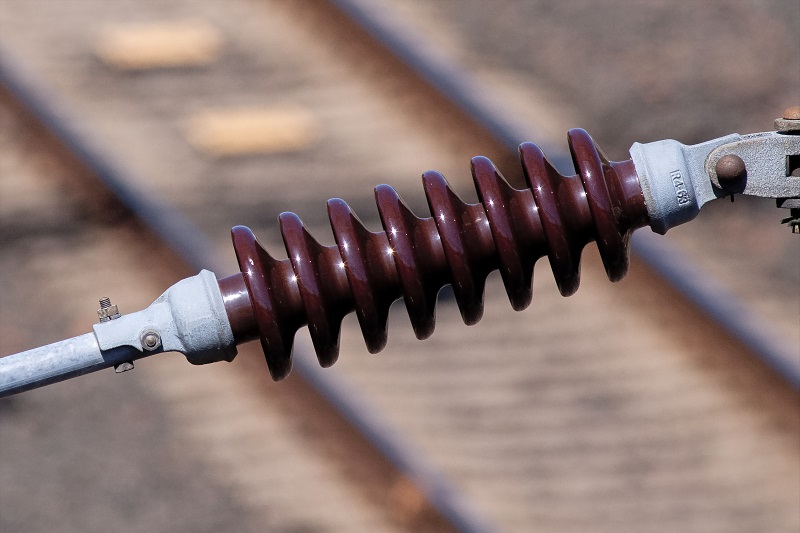In this article from Linquip, we want to talk about the difference between conductors and insulators. By reading this article, you will learn what conductors and insulators are, what they do, and how they differ from each other. Are you ready?
Conductors and insulators are both materials that are used in the industry for multiple purposes. They are different in their definition, resistance, conductivity, and many other parameters. But before we get into comparing these two, let’s quickly review what conductors and insulators are.
What is a Conductor?
Conductors are materials that enable heat or electrical current to pass and flow through them. If you are eager to know the difference between conductors and insulators, you should remember this definition. Among popular materials for conductors, you can see copper, mercury, silver, aluminum, etc. By applying potential difference, electrons freely move across the conductor from atom to atom. The number of electrons that are moving freely in the outermost shell of the orbit decides the conductor’s conductivity and it’s directly related to this number. The conductor’s resistance is very low and that is how it allows electrons to move freely with the use of voltage.
Conductors have no forbidden energy gap because the conductor’s conductance band and the valence band overlap each other (the forbidden gap is known to be the gap that is between the conduction band and the valence band of the material which determines the material’s conductivity. When the gap is small, the movement of the electrons becomes easy and the material is considered to be a conductor. Large gaps, on the other hand, makes the passing of the electrons from the valence band to the conduction band difficult and the material is considered as an insulator.)
Read More on Linquip
- Pin Insulator: a Simple Overview of The Working, Pros And Cons
- The Essential Guide to 4 Main Types of Insulator
What is an Insulator?
Insulators work exactly the opposite of conductors. Remember the definition of conductors? Insulators don’t let heat or electric current pass through them freely. They are usually made of porcelain, paper, or wood. Insulator’s main job is to separate the conductor as well as supporting electrical equipment. They are also used in electrical cables because of their resistance.
Insulator’s atoms have a strong covalent bond. Insulator’s resistivity is very high as well. That is how it prevents charges or electrons from moving freely through it. Because of the large forbidden gap between the conduction band and the valence band of the insulator, electrons need a very large amount of energy to flow from the valence band into the conduction band in the insulator.
The Difference Between Conductors and Insulators
There are different parameters such as potential, thermal conductivity, resistance, electric field, and many other parameters that are different in conductors vs. insulators. Now that you know the definition of these two materials, we will dive into reviewing the difference between conductors and insulators.
- Definition
As you’ve already seen, the very definition of these two materials is different. They are exactly the opposite. While conductors allow heat or electric current to pass through it freely, insulators restrict this movement. - Electric Field
Insulators don’t have an electric field. On the other hand, conductors have an electric field on the surface. But this electric field remains zero inside this material. - Magnetic Field
The magnetic field in the conductor stores energy. But the insulator’s magnetic field is the opposite. It doesn’t store energy, which is another difference between conductors and insulators. - Conductivity
Conductors, as the name suggests, have very high conductivity. This is while the insulators’ conductivity is low. - Resistance
This parameter is exactly the opposite of conductivity in insulators and conductors. The resistance in conductors is low to enable the free movement of the electrons. On the other hand, the resistance in insulators is high to prevent this movement. - Potential
Conductor potential remains the same throughout the material. As always, the opposite is true for the insulator. The potential remains zero inside the insulator. - Electrons
Another difference between conductors and insulators is in the movement of the electrons through them. Electrons can move freely through conductors, while insulators don’t let them pass through. - Thermal Conductivity
Thermal conductivity inside insulators is low. Conductors, in contrast, have high thermal conductivity. - Conduction Band
Because the conductors enable electrons to pass freely, their conduction band is full of electrons. On the contrary, the insulators conduction band remains empty since they do not let the electrons pass. - Covalent Bond
The covalent bond in the atoms of the conductors is weak. Conversely, this bond is strong in the insulators. This is how they prevent electrons from passing freely through it. - Forbidden Gap
The forbidden gap, as mentioned in the definition of conductors and insulators, differ between these two. While conductors have no forbidden gap between them, the forbidden gap in the insulator is very large. - Temperature Coefficient
Another difference between conductors and insulators is in their temperature coefficient. The temperature coefficient of resistance in the conductors is positive. This parameter is negative in the insulators. - Valence Band
The valence band in the conductor remains empty. This is while the valence band in the insulator is full of electrons. - Materials
Because of their characteristics, insulators and conductors are made of different materials. Examples of conductors include silver, irons, copper, aluminum, etc. This is while insulators are made of rubber, paper, wood, etc. - Application
Another difference between conductors and insulators is in their application. If you’ve read the whole article, you know by now that these two have different applications. Conductors are used for making electrical wires and conductors. On the contrary, insulators are used in electrical cables as insulation to support electrical devices.
Now you know all there is to know about the difference between conductors and insulators. What do you think about these two materials? Have you ever experienced using one? Comment below and share your thoughts with us. Don’t forget to signup on Linquip to talk to our experts if you have any questions and problems. We will answer your questions right away and help you through your journey into learning about this industry.






